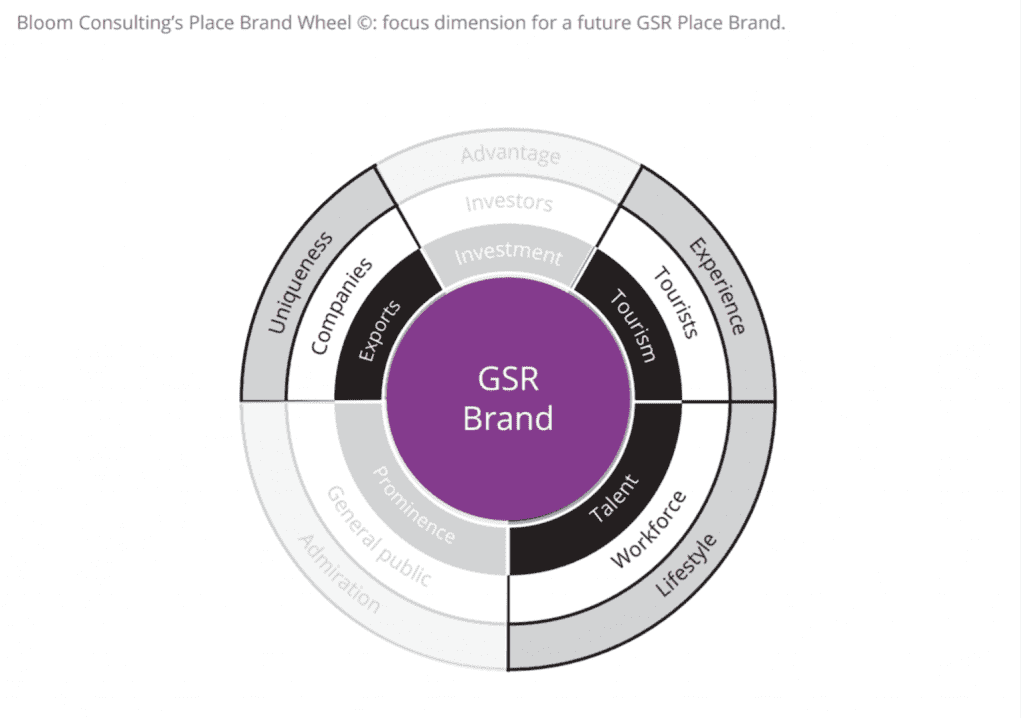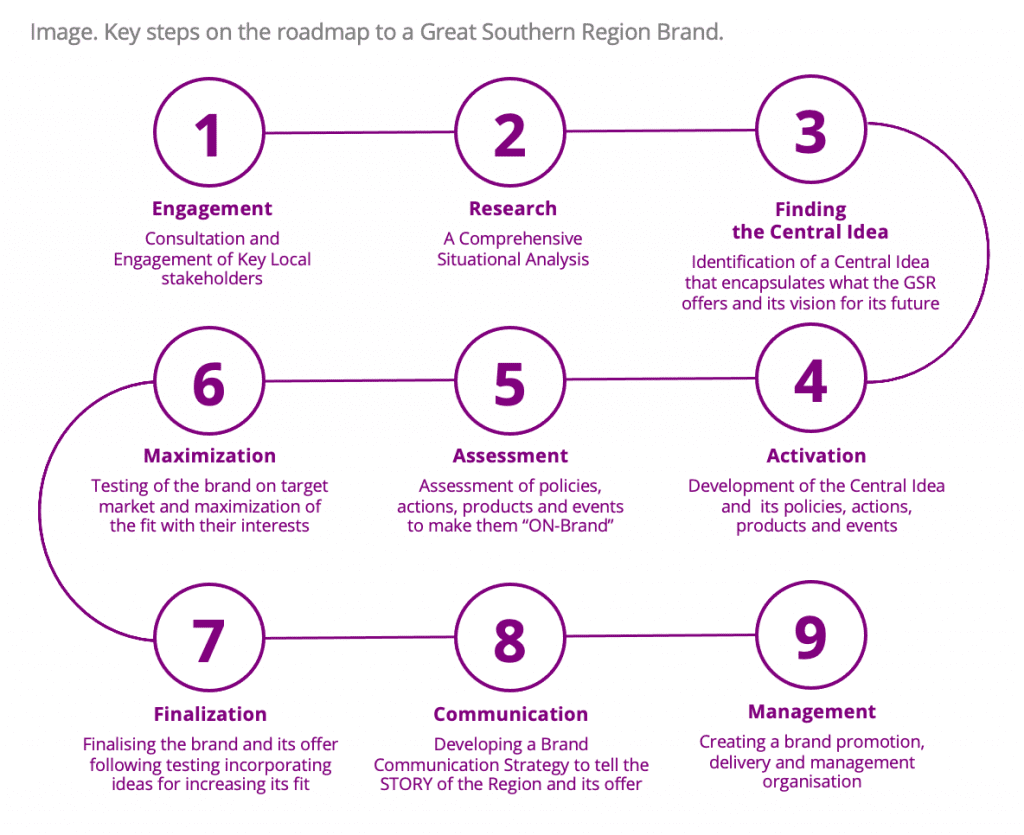Discovering the marvels of Australia’s Great Southern Region (Background)
The Great Southern Region (GSR), located across Australia’s south coast, stands as a captivating tapestry of natural wonders, cultural richness, and untamed beauty. Renowned for its diverse landscapes, from the rugged coastline of the Southern Ocean to the ancient forests of the hinterland, the region is rich in breathtaking scenery and unique ecosystems.
The region has maximised the use of its natural resources, establishing itself as a major producer of wool, lamb, and dairy products. Its coastal access has provided significant benefits, transforming it into a prominent fishing centre as well as a popular tourist and surfing destination.
Exploring the history of the Great Southern Region reveals a deep connection to Australia’s colonial past, indigenous heritage and ongoing efforts at reconciliation and cultural preservation. The landscapes are a testament to thousands of years of indigenous occupation and governance, with millennia of archaeological remains scattered throughout the region. European settlement has also left an imprint on the region’s economy, culture, and built environment over the centuries.
Today, despite its immense potential, the Great Southern region of Australia remains relatively undiscovered. However, with its abundant natural resources and thriving cultural scene, the Great Southern Region holds the promise to emerge as a major player, not only in Australia, but also on a global scale.

Understanding the benefits of a Place Brand (Challenge)
While the Great Southern Region has the potential to become a prominent Place Brand in Australia, it is currently facing limited national and international awareness. This raises the question: how can the Great Southern Region strategically use its assets to capitalise on its potential? Additionally, is the implementation of a place brand the key solution, and if so, how can it contribute to unlocking and maximising the region’s potential?
The Great Southern Development Commission (GSDC) approached Bloom Consulting to identify the feasibility of creating a Place Brand strategy for the region. However, the challenge here involved two key aspects: firstly understanding why previous Place Brand failed to achieve anticipated success and substantiating potential economic returns, and secondly, addressing stakeholder skepticism and engaging them effectively in the development of a new Place Brand strategy. The main stakeholders not only questioned the necessity of investing in a Place Brand strategy but also doubted its actual benefits. Therefore, Bloom Consulting needed to define step-by-step what the new Place Brand should entail, while demonstrating its differentiation from past approaches.
Assessing the potential and feasibility of the Place Brand project (Research Outcomes and Strategy)
To fully understand the needs and challenges faced by the Great Southern Region, Bloom Consulting engaged local stakeholders in an extensive qualitative study. The goal was to gather insights for a feasible Place Brand strategy and identify key region-specific challenges.
The study revealed five key findings and highlighted five major challenges, offering a valuable perspective for developing a regionally supported Place Brand strategy. Insights from different sectors also shed light on why previous attempts at implementing a strategy had failed.
The results were promising. There was a clear consensus on the need for a Place Brand strategy for the region, and as a matter of fact, most stakeholders stated that they would support the development of such a strategy. Additionally, the study helped to identify the main focal areas for a possible strategy. In this case, there was an agreement that tourism, export and talent would be the priority areas for any future project (as seen in the diagram below). Understanding the stakeholder perspective on these sectors offers valuable information for the GSDC as it would eventually lead to receiving more support from these organizations.

However, in addition to the positive findings, the study also revealed several concerns among the parties involved. Previous unsuccessful attempts had left stakeholders sceptical about the actual benefits of a Place Brand strategy, reducing their engagement and funding. Addressing and recognising these stakeholders’ concerns is crucial to success, given that it allows for a more targeted approach that maximises feasibility and effectiveness. Moreover, it provides clear direction on what areas strategists should prioritise and where additional efforts should be dedicated during the development of a brand strategy.
Furthermore, Bloom Consulting identified key areas for improvement as part of the Place Brand strategy for GSR. These recommendations, designed to strengthen GSR’s local and international positioning, include foundational establishment, community engagement, collaboration with external entities and the development of a new brand architecture. These suggestions were influenced not only by qualitative research findings, but also by the region’s current conditions and needs.
Establishing a roadmap for a future Place Brand (Results)
Bloom Consulting presented the overall results and recommendations for the GSDC on how to implement or create their new national brand. This included core components, benefits and steps for strategy development. Four successful place brand strategy examples were showcased to draw lessons from success.
Furthermore, The GSDC received a detailed 9-step roadmap (as seen in the diagram below) for the development of their brand, based on their current situation and needs identified in the qualitative study conducted by Bloom Consulting. Bloom Consulting’s extensive industry experience enabled them to create such a roadmap that outlines the stages from strategy decision-making to ongoing management.

Published on 15.04.2024.











